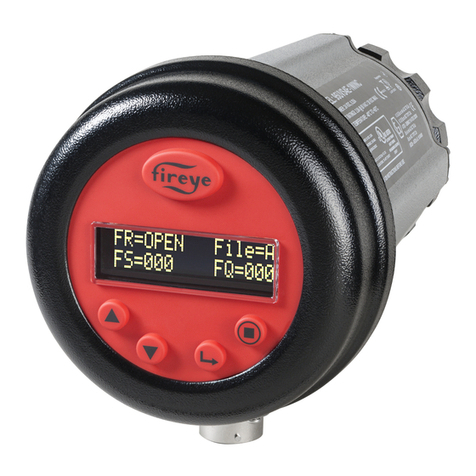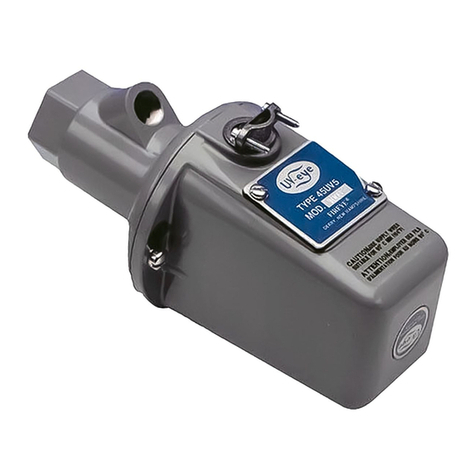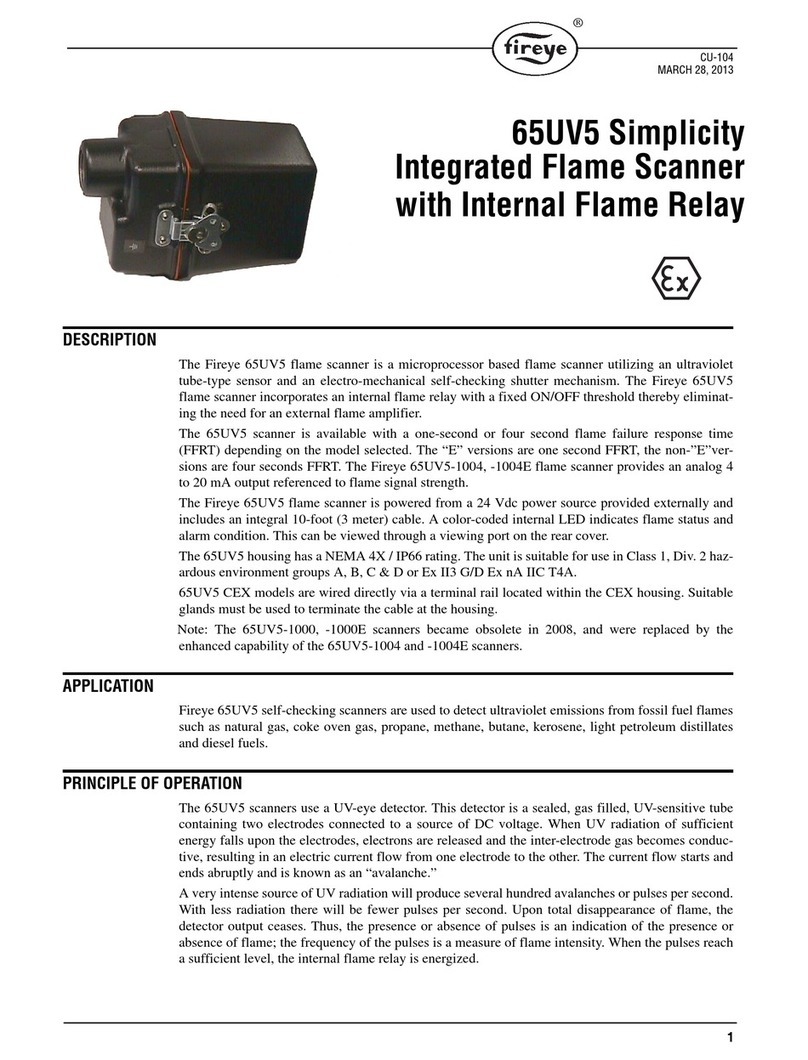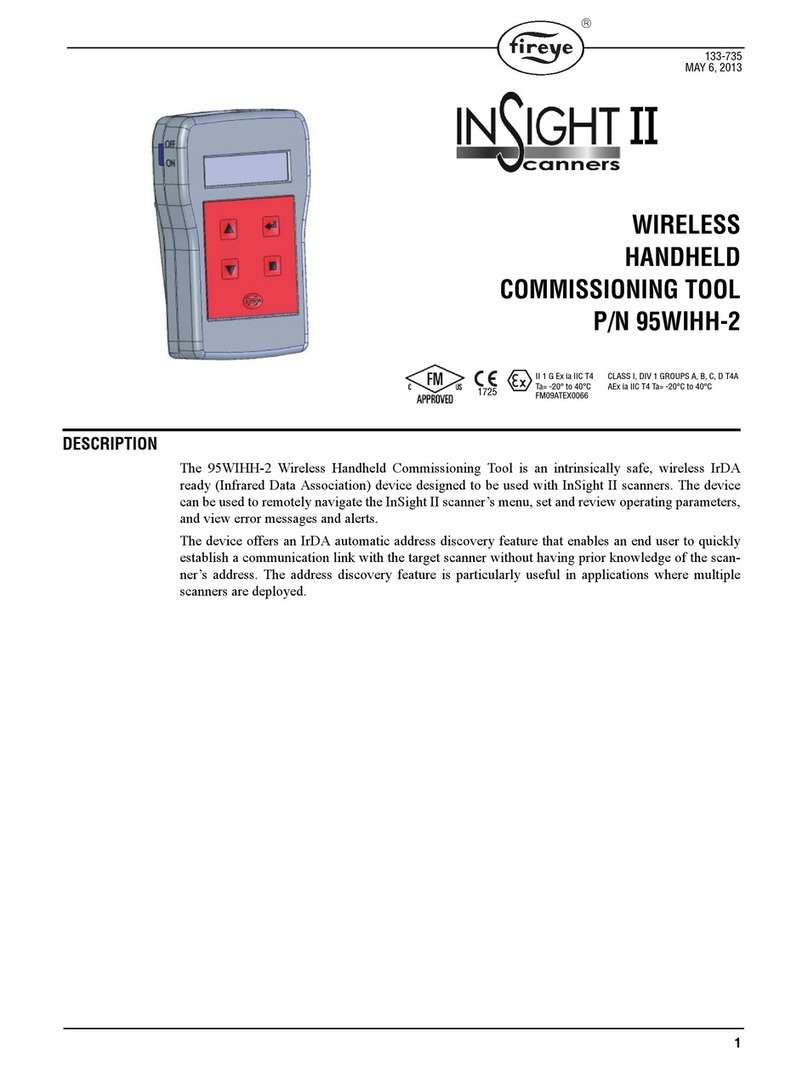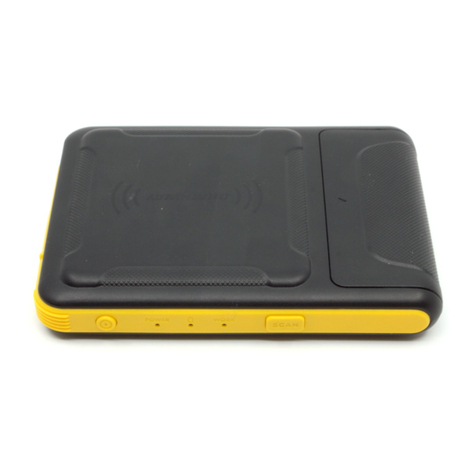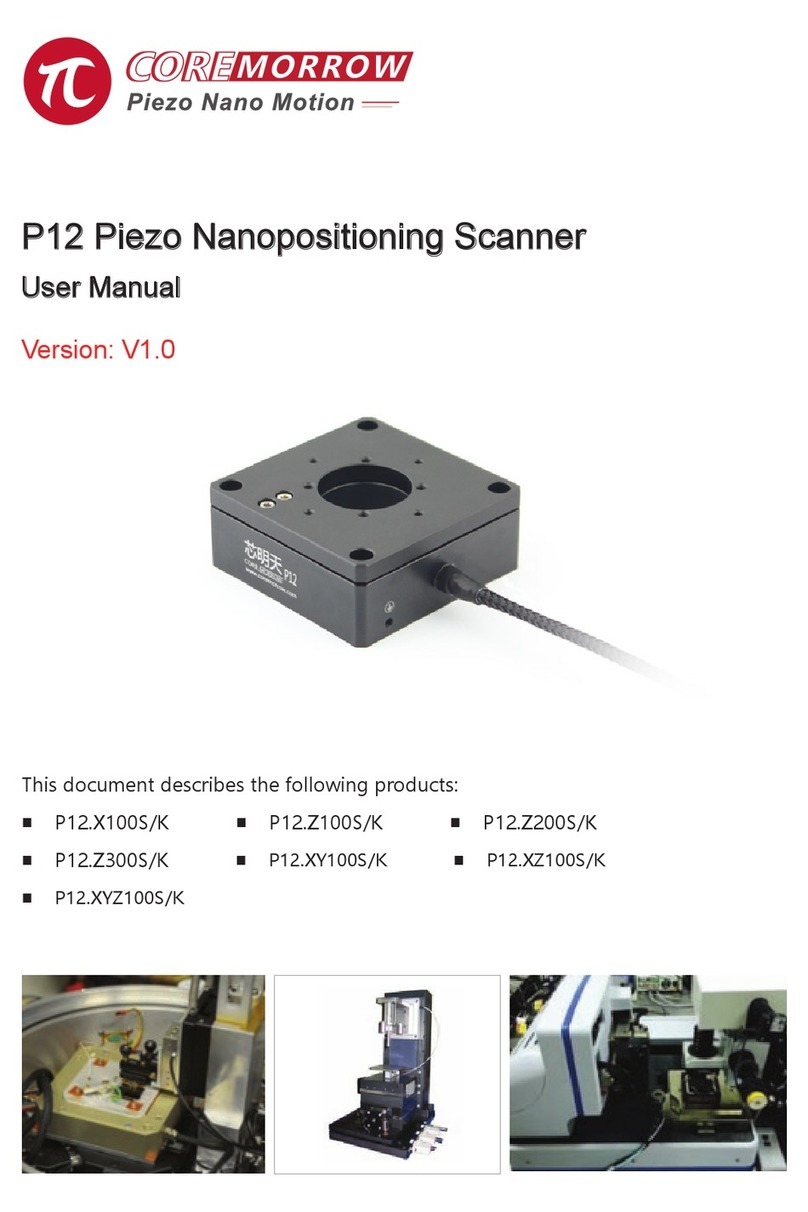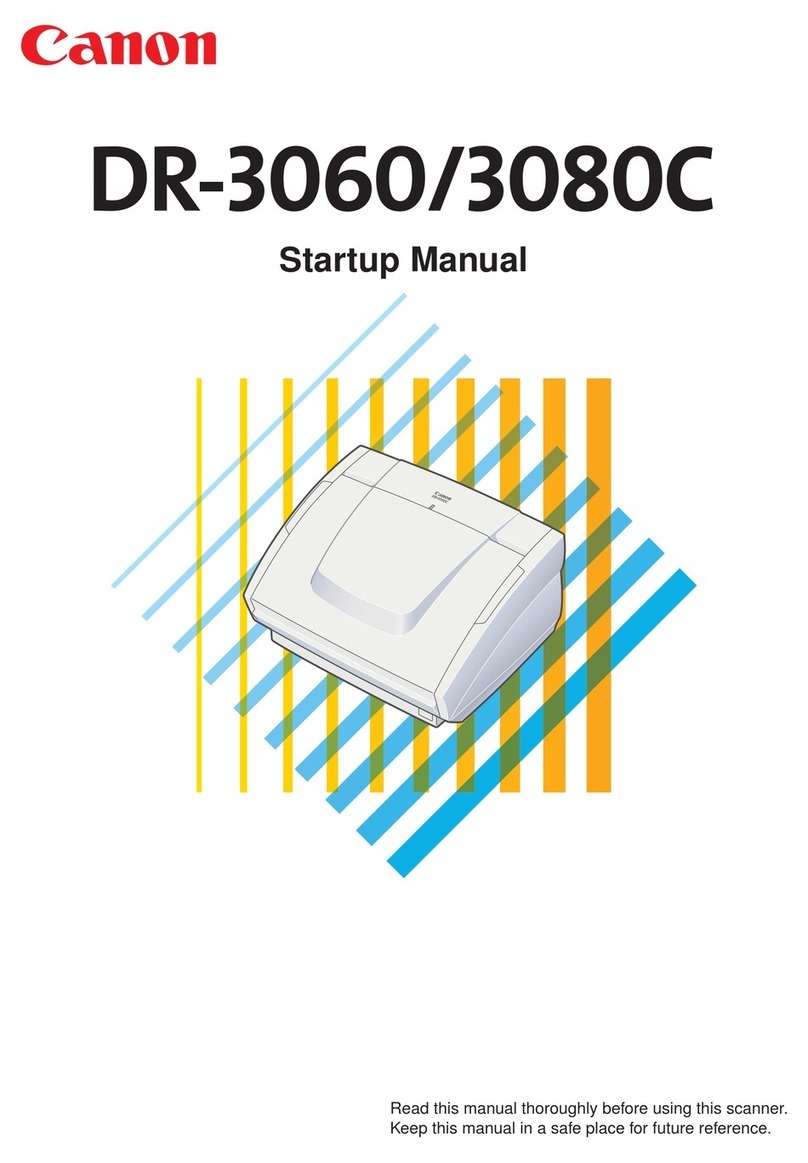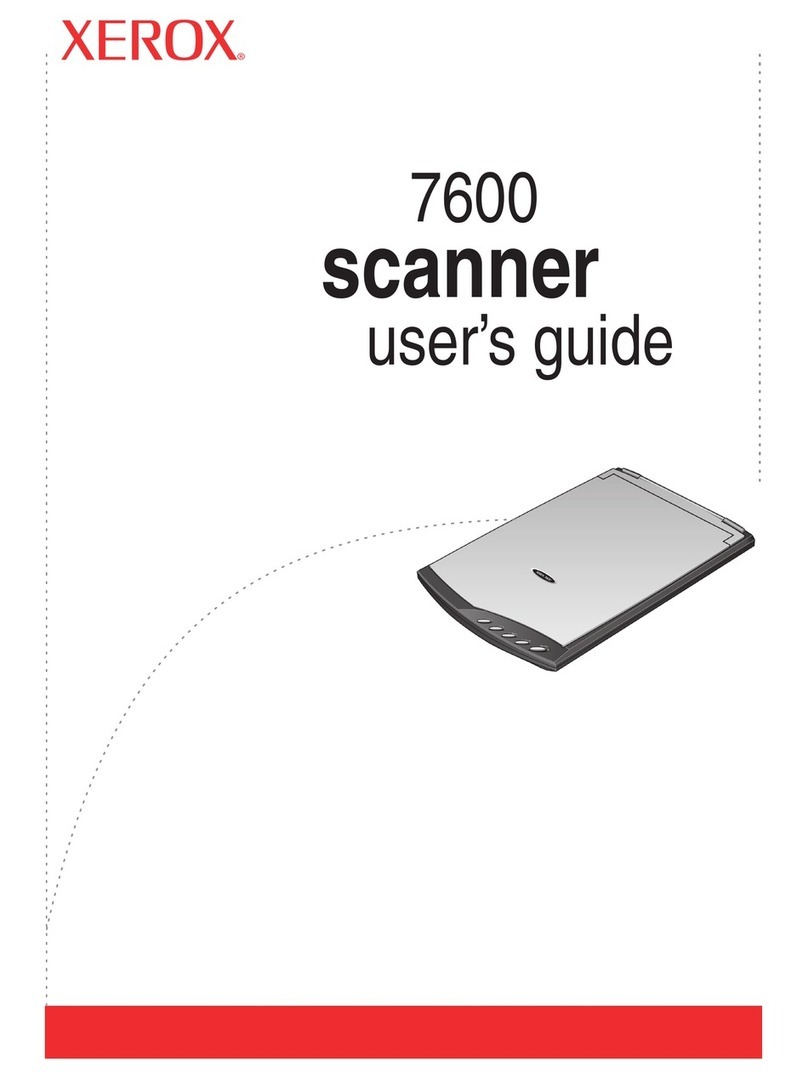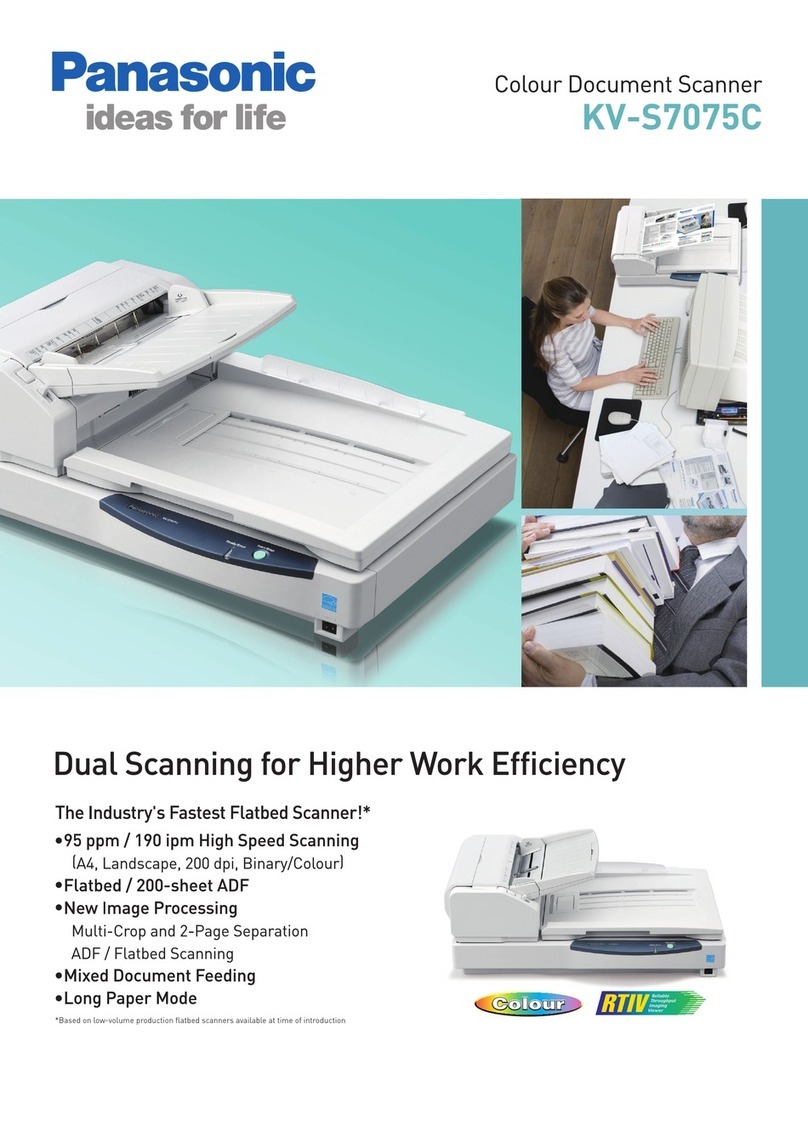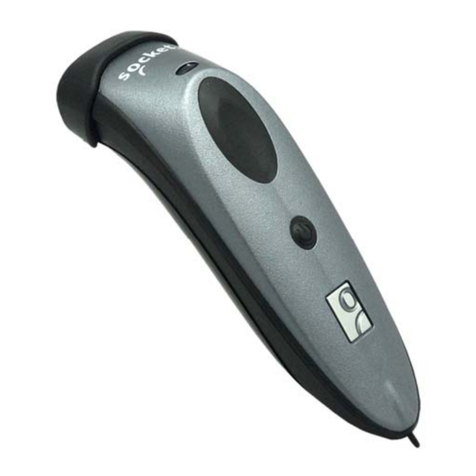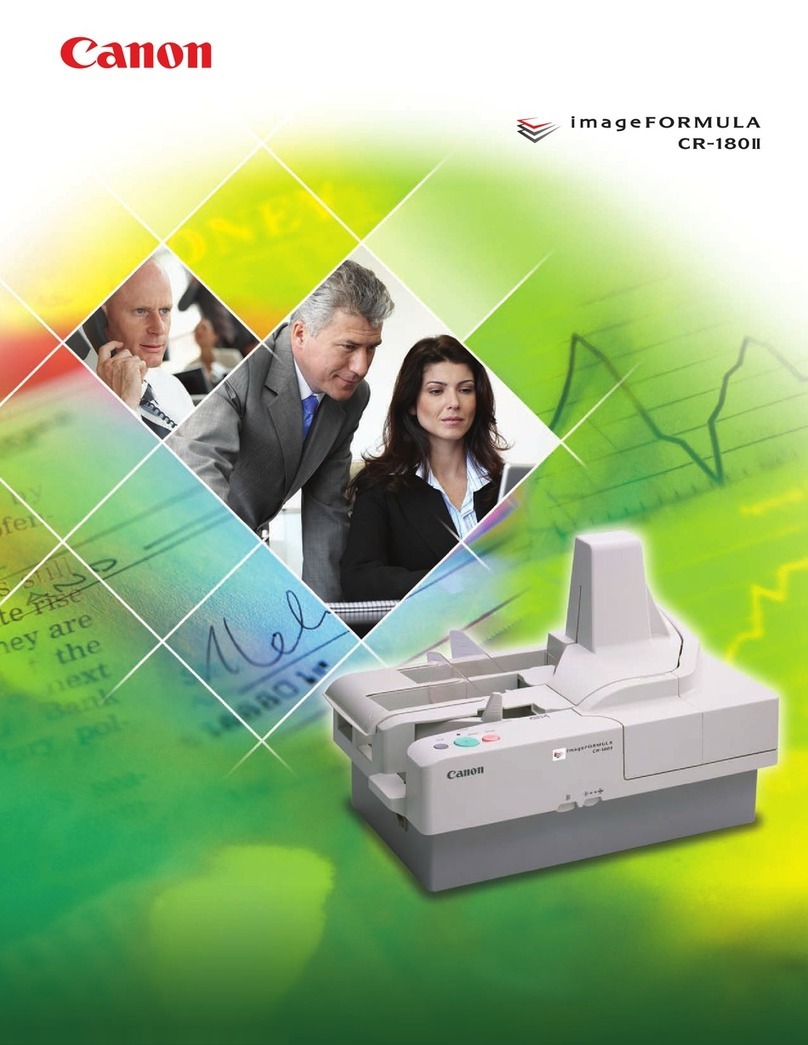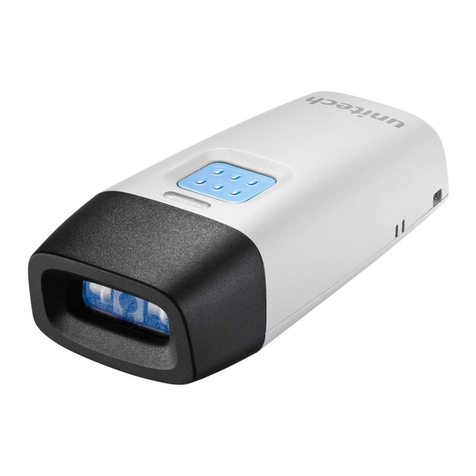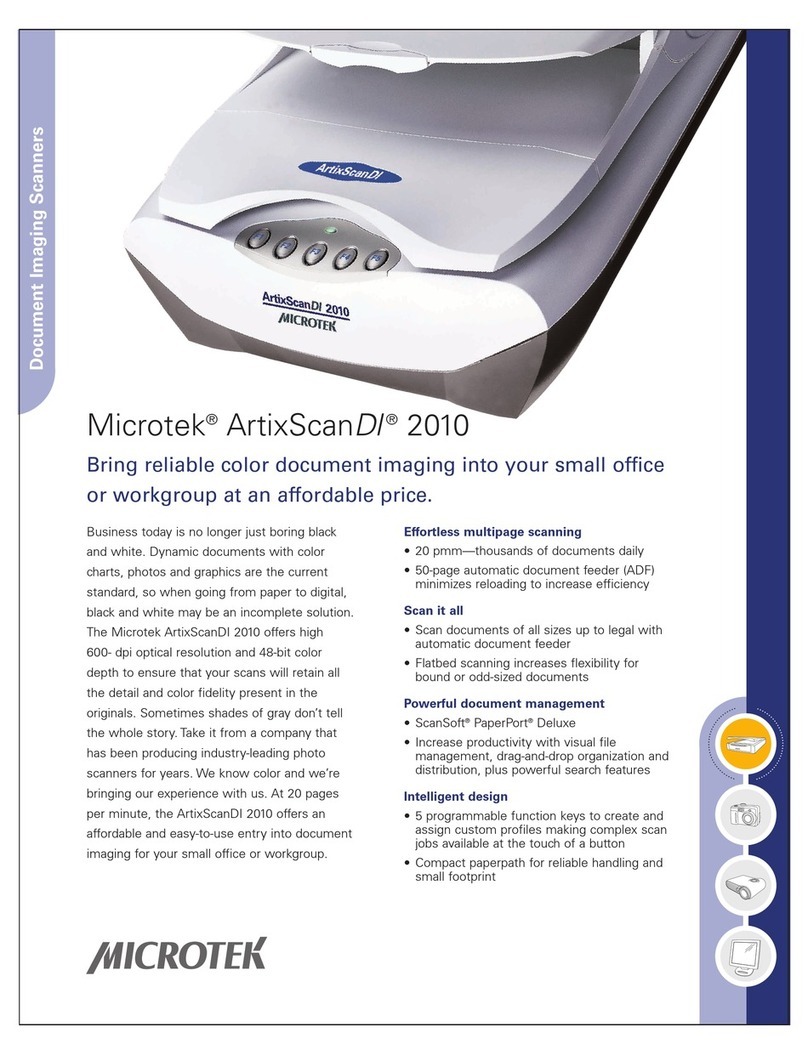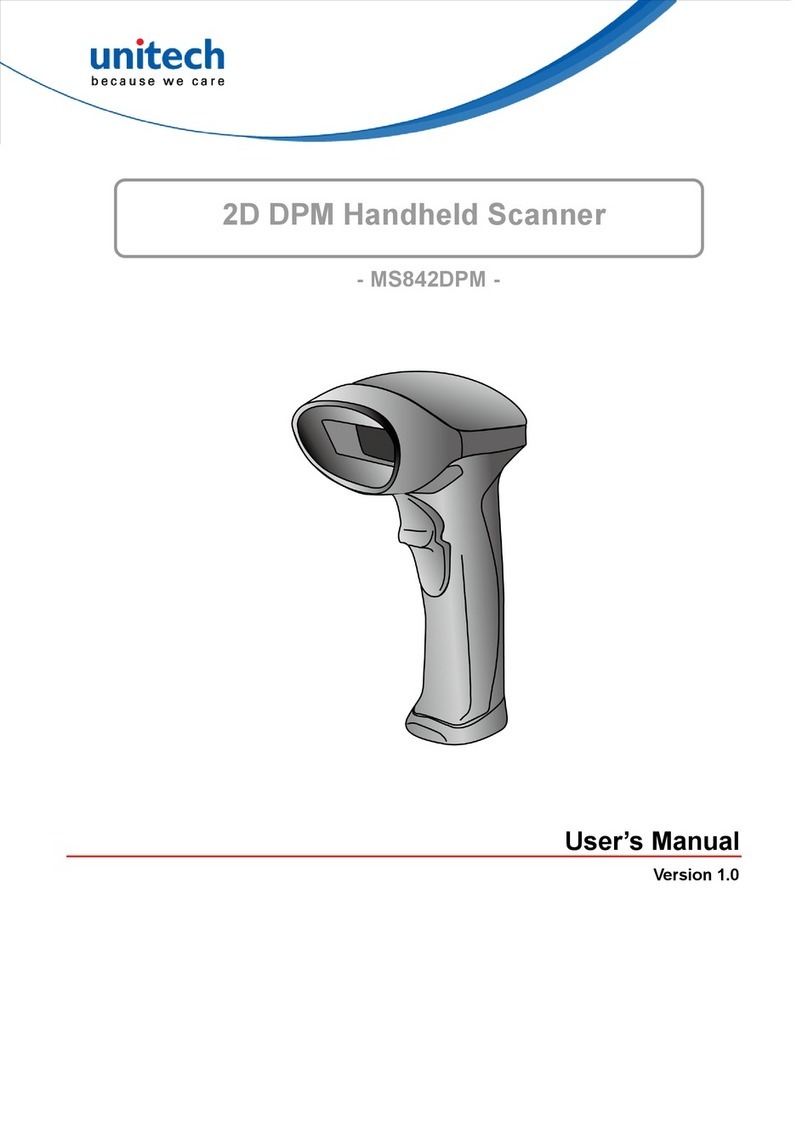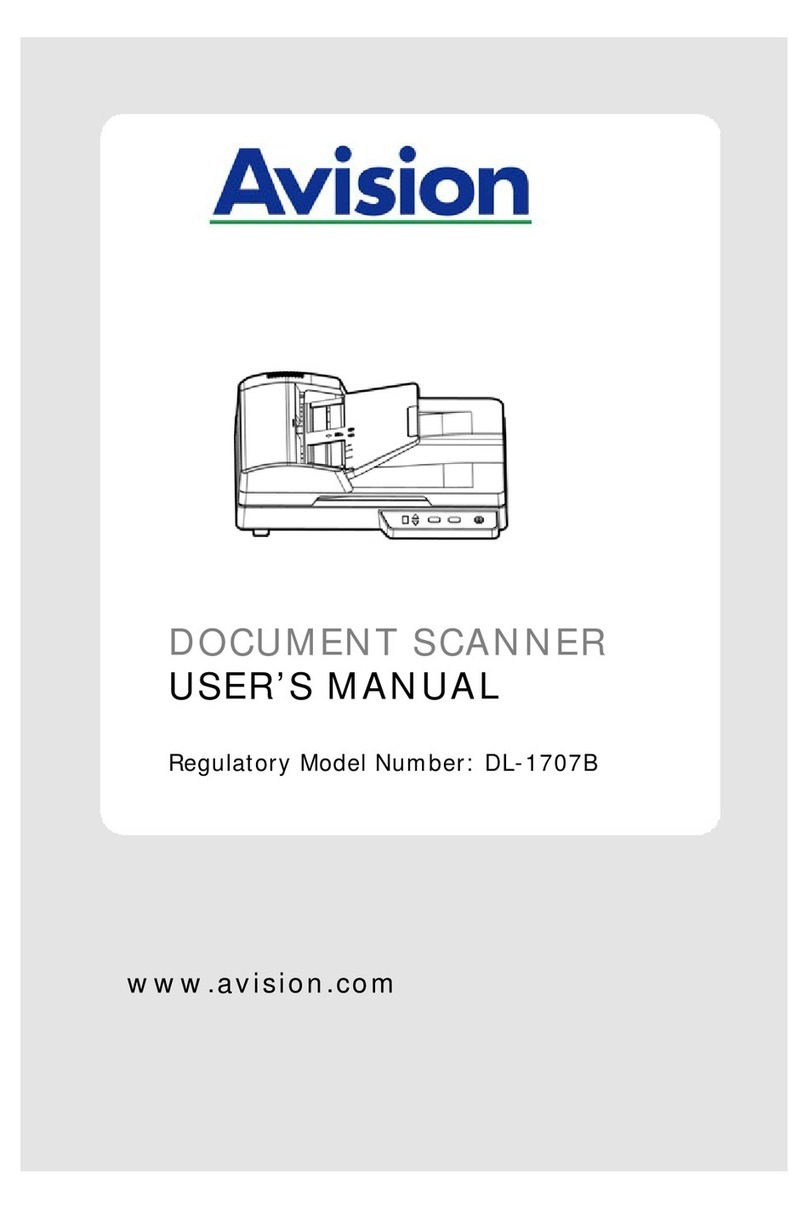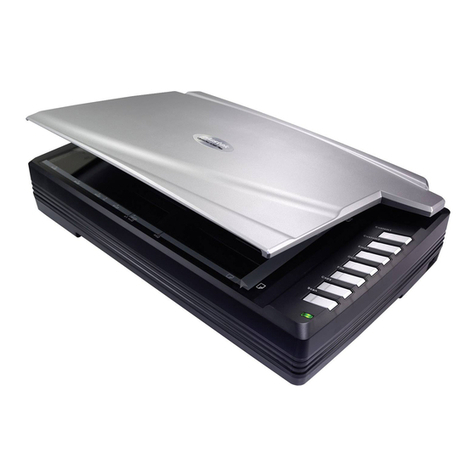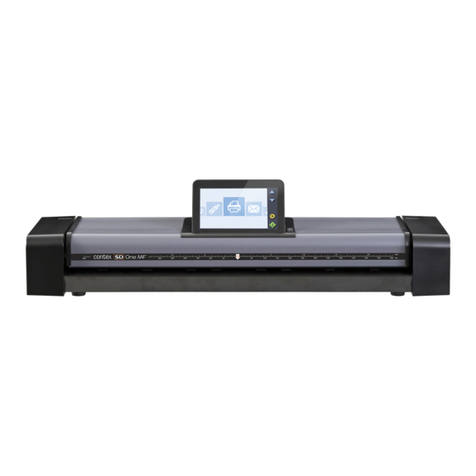Fireye 55UV5 User manual

1
Thisbulletinisdirectedtothelicensedboilerservicetechniciansandprofessionalcombustion
engineers who are experienced in the installation and operation of Fireye flame safeguard
controls.PersonsnotexperiencedwithFireyeflamesafetyproductsshouldcontactthenearest
Fireye representative, or a qualified service group for assistance. IMPROPER INSTALLA-
TION OF THESE PRODUCTS MAY BE HAZARDOUS TO LIFE AND PROPERTY.
DESCRIPTION
Fireye Type 55UV5 scanners are self-checking, flame sensing devices. When powered by a compat-
ible, self-checking Fireye control, the scanners detect the presence or absence of flames which emit
ultraviolet radiation (UV). Typical fossil fuels which emit UV include natural gas, propane, meth-
ane, butane, kerosene, light petroleum distillates and diesel fuels. For burners firing steam-atomized
oil or pulverized coal, Fireye recommends the use of infrared (IR) scanners. Fireye offers a complete
line of infrared scanners best suited for these applications.
APPLICATION
When used with a Fireye amplifier, the 55UV5 scanner provides flame failure protection on single
and multi-burner industrial applications such as electric utility boilers, power boilers and large fur-
naces or incinerators. The 55UV5 scanner monitors the flame(s) of only one burner. The pilot and
main flames may be monitored individually (2 scanners) or in combination (1 scanner). When prop-
erly sighted, the scanner should discriminate between the burner being monitored and all other burn-
ers and any background flames.
Note: Scanner response is dependent on burner configuration as well as the turbulence and spectral
characteristics of the flames. Application assistance is available on request.
133-721
MAY 6, 2013
55UV5 SCANNER
MODEL 1010
NEMA 4X, IP66
CLASS I, DIV 2, GROUPS A, B, C, D
CLASS II, CLASS III, DIV 2, GROUPS F and G
APPROVED

2
PRINCIPLES OF OPERATION
The 55UV5 scanner employs a detector which is a sealed, gas filled, ultraviolet-transmitting special
glass envelope containing two electrodes connected to an AC voltage source. The detector responds
only to a portion of the ultraviolet spectrum from common flames.
When ultraviolet radiation of sufficient energy (at wavelengths shorter than those in sunlight at the
earth’s surface) falls upon the electrodes, electrons are released and the inter-electrode gas becomes
conductive. This results in an electric current flow from one electrode to the other.
The current flow in the detector starts and ends abruptly and is known as an “avalanche.” A very
intense source of UV radiation will produce several thousand avalanches or pulses per second. Less
radiation will produce fewer pulses per second. Upon total loss of flame, the detector output ceases
except for very infrequent single pulses caused by cosmic rays. The circuitry does not respond to
these infrequent pulses. Thus, the presence or absence of pulses is an indication of the presence or
absence of flame; the frequency of the pulses is a measure of flame intensity. Pulses generated by the
scanner are transmitted to a compatible Fireye control via scanner wiring.
FEATURES
The UV tube, quartz lens, power transformer and related electronic components are contained in an
aluminum enclosure which is sealed with an oil-resistant gasket. The quartz lens is a planoconvex
design, resulting in increased sensitivity. The scanner has a 1" fitting for mounting to a threaded sight
pipe and a 3/4" threaded connection for purge air.
Also included in the Type 55UV5 scanner is an electromagnetic shutter that permits a self-checking
circuit within an associated Fireye control to verify that the scanner and signal circuits are producing
valid flame presence or absence information. During the shutter closed period the detector’s optical
path is blocked from flame radiation. While the shutter is open, flame presence or absence is
detected. The resultant scanner output, while flame is detected, is a continuous, periodically inter-
rupted pulsed flame signal. This is a prerequisite for energizing the associated Fireye control’s flame
relay.
The 55UV5 scanner is equipped with a fitting to accept ½" liquid-tight flexible conduit, and 20 feet
(6 meters) of captive cable to connect to its associated 25SU3 or 25SU5 control.
NOTE: The installation of liquid-tight flexible conduit is mandatory in all installations, and is
furnished by the installer.

3
FIGURE 1. 55UV5-1010 SCANNER DIMENSIONS
CAUTION: Spring fasteners should be clipped and tightened to ensure a good bond to housing
and maintain the integrity of the NEMA 4X rating.
SPECIFICATIONS
MOUNTING:
Models are provided with 1" female thread mounting, British Whitworth (BSP).
HOUSING:
Material Cast Aluminum with grey epoxy coat finish
Environmental: NEMA 4X, IP66
Weight:
Temperature Rating:
Optical Range: 190 to 250 nanometers. No response to infrared radiation or visible
light.
ELECTRICAL:
Power Requirement: 4 VA AC from associated Fireye control (see note below).
Frequency: 60 HZ
Electrical Connection: Flexible -conduit fitting and 20 ft (6m) of five conductor cable
NOTE: Cable must be installed in 1/2" liquid-tight flexible conduit.
CONDITION MIN. MAX.
Non-hazardous -40°F (-40°C) +199°F (93°C)
Class I, Div 2, Groups A, B, C, D
Class II, Class III, Div 2, Groups F and G
Using Anaconda 1/2" Type H.V.T.A. liquid tight
-40°F (-40°C) +140°F (60°C)
T6 Rating
Class I, Div 2, Groups A, B, C, D
Class II, Class III, Div 2, Groups F and G
Using customer supplied conduit or liquid tight connection
-40°F (-40°C) +199°F (93°C)
T4A Rating
55UV5-1000
FLAME SCANNER
NEMA 4X
FIREYE
DERRY, NE WDERRY
MADE IN USA
®
TYPE 55UV5
4.87" (123.67mm)
3.93" (99.82mm)
4.74"
(120.4mm)
7.39" (187.58mm)
2.07" (52.45mm)
1.18" (29.85mm)
1" BSP THREAD
3/4" BSP THREAD
0.2" (6mm)
SPRING FASTENERS (2) FITTING FOR 1/2" LIQUID-TIGHT
FLEXIBLE CONDUIT (REQUIRED)
20 ft (6m) CAPTIVE CABLE

4
INTEGRAL CABLE SPECIFICATION:
Individual Conductors
Four (4) Conductors: #18 AWG (16x30) strand tinned copper
Diameter: 0.110" Nominal O.D.
Colors: Green, White, Black and Red (Red not used)
Two (2) Conductors: #22 AWG (7x30) strand tinned copper
Diameter: 0.093" Nominal O.D.
Colors: Blue and Yellow
Insulation Material: EXAR 150A .074" nominal O.D.
Cable:
Jacket Material: EXAR 150A .074" pressure extruded
Wall Thickness: .045" NOM.
Finished Diameter: .418" NOM.
Temperature: -40°F (-40°C) to 257°F (125°C)
Table 1:
Specifications subject to change without notice.
IMPORTANT NOTE: The AC power source must be sinusoidal for proper scanner operation.
The application of any waveform other than a sine wave (e.g. square wave) will damage the
55UV5 scanner.
PURGE AIR
Source: Clean ambient
Volume: 4 SCFM (113 L/min. @ 4" water column above furnace pressure minimum) at
3/4 inch threaded housing inlet or 4 SCFM at 1 inch wye fitting on scanner sight
pipe. Temperature near the upper limit of the scanner operating range and/or use
with dirty fuels may require up to 15 SCFM (425 L/min.).
INSTALLATION
1. The best scanner sighting results are obtained when the scanner is aimed so that the scanner
(viewing) center line intersects the burner center line at a slight angle, as shown in Figure 2. The
area of maximum ultraviolet radiation is near the base of the flame envelope. If only one scanner
is used per burner, the intersection should be made so the line of sight or viewing angle can also
see the igniter flame. Consideration must be given to burner air rotation (burners have clockwise
or counterclockwise air rotation). Figure 3 illustrates how scanner location is influenced by the
igniter position and air circulation. Physical obstructions such as air register blades should not
fall within the scanner’s line of sight.
MODEL
55UV5
FREQUENCY
HZ
MOUNTING
THREADS
FM
1010 60 BSP YES

5
FIGURE 2. SINGLE BURNER SCANNER SIGHTING
FIGURE 3. SCANNER LOCATION VS. SECONDARY AIR ROTATION
2. An acceptable scanner location must ensure the following:
— Reliable igniter flame detection.
— Reliable main flame detection.
— Rejection of igniter flame too short or in the wrong position to ignite the main flame reli-
ably.
Note: Reliable signals must be obtained at all air flows, furnace loads (ranges of fuel firing) and
desirable fuel air ratios.
3. If combustion air enters the furnace with a rotational movement of sufficient velocity to deflect
igniter flame in the direction of rotation, position the scanner 0 to 30 degrees downstream of the
igniter and near the periphery of the throat where the ultraviolet radiation is at a maximum. (see
figures 2 and 3).
4. Having determined an approximate location for the sight tube, cut a clearance hole for a 2 inch
pipe through the burner plate. If register vanes interfere with the desired line-of-sight, the inter-
fering vane(s) should be trimmed to assure an unobstructed viewing path at all firing levels.
5. Mount scanner sight pipe by either:
— Centering a swivel mount, P/N 60-1664-3 (NPT) or 60-1664-4 (BSP) over the hole and
installing the sight pipe on the swivel mount, or
— Inserting the end of the sight pipe into the hole, aligning the pipe to the desired viewing
angle and tack welding. Welding must be adequate to temporarily support the weight of the
installed scanner. The sight pipe should be arranged to slant downward so that dirt and dust
will not collect in it.
6. When a satisfactory sighting position has been confirmed by an operating test, (see section on
alignment), the sight pipe should either be firmly welded in place or, if the swivel mount is used,
the ball position should be secured by tightening the three hex head cap screws located on the
swivel mount ring. In certain older style swivel mounts, tack welding may be required.
PRIMARY
COMBUSTION
ZONE
AIR REGISTER
BLADES
SCANNER
LINE OF
SIGHT
BURNER
THROAT
FLAME
ENVELOPE
BURNER
CENTER LINE
BASE
IGNITOR
SCANNER
MAIN BURNER
CCW ROTATION
IGNITOR
SCANNER
MAIN
CW ROTATION
BURNER

6
FIGURE 4. FLAME MUST COMPLETELY COVER SIGHT OPENING
7. The scanner viewing window must be kept free of contaminants (oil, ash, soot, dirt) and the scan-
ner temperature must not exceed the maximum rating. Both requirements will be satisfied by con-
tinuous injection of air at either the 3/4" housing inlet or at a 1" wye ahead of the swivel mount, as
shown in Figure 6.
Purge air may be supplied through the 3/4" or 1" wye connection. Normally only one of the two
connections is provided with purge air and the other connection is plugged. When a Fireye sealing
coupling is used as shown in Figure 6, the 1" wye connection is used for the purge air (plug
3/4" opening).
Under normal conditions, with clean burning fuels and moderate ambient temperature conditions,
purge air flow of approximately 4 SCFM (113 L/min.) @ 4" water column above furnace pressure
is generally adequate. Up to 15 SCFM (425 L/min.) may be required for fuels that may produce
high levels of flash or soot or for hot environments to maintain scanner internal temperature within
specification.
FIGURE 5. UV TUBE POSITION
Note: To change UV Tube position, pull tube out and rotate to desired position. Then insert.
8. Excessive flame signal can affect flame discrimination and prevent the control connected to the
scanner from performing properly. Weak signals may cause unnecessary burner shutdown or
alarms. To change the signal level of the tube, remove the UV tube, rotate it, and replace it in the
eight pin (octal) socket.
The tube has four different significant positions as shown in Figure 5. When the electrodes are
almost perpendicular to the Terminal Board and approximately parallel to the shutter slot, the
detector tube will generate maximum signal. This is the “Maximum Position” shown in Figure 5.
When the electrodes are 90from the maximum position, minimum signal will be generated. The
intermediate positions, “A and B” (as indicated in Figure 5) will yield intermediate signals. Posi-
tion “A” will yield a slightly higher signal than the intermediate position “B” since more electrode
will be exposed to the radiation entering the shutter slot. To adjust the signal intensity further, use
the appropriate sensitivity adjustment in the control unit selected for use with this scanner. Refer
to the appropriate control bulletin for further information. The detector is positioned in the max-
imum signal orientation at the factory.
BUT THISNOT THIS NOT THIS
()
()
()
()
BMAX
MAX B
A
A
ELECTRODES
TERMINAL BOARD
UV TUBE
SHUTTER
SLOT
RECTANGULAR

7
If the tube position is changed in the field, and the scanner is later replaced, verify that the signal
strength is not excessive.
9. The scanner sight pipe should be as large as is practical. Ideally, the sight pipe should increase
one inch in diameter (ID) for every foot in length. Under most circumstances, a sight pipe diam-
eter increase of one inch should be adequate for an increase in length of three feet (1m). When
applying the scanner to long sight tubes (more than three feet), minimize the use of one inch
pipe. Avoid using pipe less than one inch (ID), and avoid using stainless steel sight pipes.
10. Where separate scanners are used to monitor main and igniter flames, the main flame scanner
should be sighted to not detect the igniter flame. If it does detect the igniter flame, re-aim the
main flame scanner.
PIPING ARRANGEMENTS
FIGURE 6.
0 70
0 70
#60-1664
1” SWIVEL MOUNT
#35-127
HEAT INSULATING NIPPLE
STANDARD MOUNTING
#60-1664
1” SWIVEL MOUNT
#35-127
HEAT INSULATING NIPPLE
MOUNTING FOR
HIGH TEMP.
APPLICATIONS
3/4” PLUG
(BACKSIDE)
COOLING AIR/ENTRY
(PURGE AND COOLING)
#35-127
HEAT INSULATING NIPPLE
1” SIGHT PIPE
(BY OTHERS) 3/4” AIR ENTRY
(PURGE AND COOLING)
(BACKSIDE)
ALTERNATE STANDARD MOUNTING
(NOT ADJUSTABLE)
0 70
#60-1664
1” SWIVEL MOUNT
#35-127
HEAT INSULATING NIPPLE
MOUNTING FOR SPECIAL
APPLICATIONS - HIGH PRESSURE
3/4” PLUG
(BACKSIDE)
#35-127
HEAT INSULATING NIPPLE
#35-127
HEAT INSULATING NIPPLE
#60-1199
SEALING UNION WITH QUARTZ
WINDOW. REQUIRED WHEN SCANNER LENS
IS EXPOSED TO EXCESSIVE PRESSURE
FURNACE OR WINDBOX PRESSURE
APERTURE
#53-121
#60-1664
1” SWIVEL MOUNT
RETAINER
#34-181
COOLING AIR/ENTRY
(PURGE AND COOLING)
TEE PIECE (BY OTHERS)
TEE PIECE (BY OTHERS)
A
B
D
C
REFER TO THE FOLLOWING PAGES FOR AVAILABLE PART NUMBERS
3/4” AIR ENTRY
(PURGE AND COOLING)
(BACKSIDE)

8
ALIGNMENT AND ADJUSTMENTS
Before installing or adjusting scanners, thoroughly plan the scanning objectives in reference to the
boiler/furnace mode of operation.
The following procedures are recommended to ensure optimum flame detection and discrimination.
Flame discrimination is the ability to see the flame of only one burner or one igniter with other burn-
ers or igniters operating nearby.
These procedures should be used whenever parts are replaced, when the scanner has been moved,
when the flame shape is altered (additional fuels, new burners, burner/register modifications) as well
as on all new installations. Signal readings referred to in this procedure are as displayed on a 0-3
VDC Fireye flame signal meter. (P/N 38-54, 38-55, 38-56, 38-62). 1, 2
Igniter Flame Scanner
1. Apply power to scanner and associated control.
2. Start Igniter.
3. Adjust scanner sighting to detect igniter flame in the manner shown in Figure 2.
4. When flame is properly sighted and the control sensitivity properly adjusted (see Caution below)
the signal meter should register between 4 and 16. If readings fluctuate widely, readjust scanner
sighting until highest steadiest reading is obtained.
5. When the proper signal reading has been obtained, make sure that the scanner and the associated
control do not respond to the ignition spark. This is accomplished by cutting off the fuel to the
igniter and attempting to start the igniter using the spark igniter. If the system responds to the
spark, the sighting should be realigned.
CAUTION: Do not increase sensitivity any more than necessary to provide proper detection
of the minimum igniter flame. Minimum igniter flame is the minimum flame required to
ignite the main burner reliably. Be sure to test for reliable signals under maximum air flow
conditions when the igniter flame may be deflected outside the line of sight. If this occurs,
resighting is required.
Main Flame Scanner
1. Apply power to scanner and control.
2. Start igniter.
3. Adjust scanner sighting so that ignition spark and igniter flame are not detected. Test should be
conducted with maximum igniter flame and with both minimum and maximum air flow.
Note: This step may not be practical with Class 1 igniters, but may be desirable with Class 3.
4. Start main burner.
5. Adjust scanner sighting to detect main burner flame. When sighting is correct (see Figure 4), the
signal should read between 4 and 32 on a Flame Signal Meter, Fireye P/N 38-54 or 38-55, with-
out extreme fluctuations in the signal reading.
6. When proper signal is established, manually close off the main burner fuel supply. When burner
flame becomes unstable or is extinguished, the associated Fireye control should register a “No
Flame” condition.
7. Start an adjacent burner and vary its firing rate under normal air flow conditions. Make certain
that the main flame scanner on the burner not in service does not respond to the adjacent burner.
1 If using analog bargraph meter (P/N 38-88), the flame will be properly sighted when there are 5-8 LEDs illuminated.
2 When used with the 25SU3-2000 series amplifiers and appropriate power supply, the required flame signal strength (in terms
of “pulses-per-second,” will be determined by the “Flame-On” and “Flame-Off” thresholds programmed into the amplifier.
Refer to bulletin CU-34 for additional information.

9
FIGURE 7.
FIGURE 8.
FIGURE 9.
ACCESSORIES
Swivel Mount
The scanner swivel mount (P/N 60-1664-3, -4) is used to adjust the scanner sighting angle after the
scanner has been installed. The swivel mount is used as indicated in Figure 6.
Orifices
The orifice is used to restrict field of view (target area), reduce air flow, maintain air block, and
increase discrimination between flame and background radiation. The orifice is secured within the
ball of a swivel mount with an orifice retainer or the orifice can be placed within a 1 inch coupling
(not provided).
The scanner should ideally sight a target area of 4 to 25 square inches (25-250cm2) of the flame
front. The flame front is a plane within the combustion space separating the region of unburned fuel
from the burning fuel. For example, if a 1/2 inch diameter orifice is placed within a mounting swivel
one foot from the scanner lens, and the swivel mount is located on the surface of a 4 foot deep wind-
box, and if the range of stable flame is 5 feet beyond the windbox, the flame front target area is 19.6
square inches as shown in Figure 10.
A.Tube 4-320-1
B.Shutter 61-7181-1
B
A
A-I. Orifices: 0.062" - 0.5" DIA
J. Orifice Retainer 34-181
K. Heat Insulating Nipple 35-127-1 (NPT)
Heat Insulating Nipple 35-127-3 (BSP)
L Diode 101-78
M. Sealing Quartz Window 92-48
N. Quartz Scanner Lens 002611-001
Lens O-Ring (Not Shown) 2 needed 107427-006
Lens Retainer Ring (not shown) 101537-001
L
N
A B C D E F G H I
J
K
M
A. Swivel Mount 60-1664-3 (NPT)
Swivel Mount 60-1664-4 (BSP)
B. Sealing Coupling with Quartz Window
60-1199-1 (NPT), 60-1199-2 (BSP)
AB
AB

10
ORIFICES
Figure Qty. Part Number Description
8 1 53-121 Orifice Kit: Contains following items:
8A 1 53-121-2 Orifice: Diameter = 0.062"
8B 1 53-121-3 Orifice: Diameter = 0.078"
8C 1 53-121-4 Orifice: Diameter = 0.093"
8D 1 53-121-5 Orifice: Diameter = 0.109"
8E 1 53-121-6 Orifice: Diameter = 0.125"
8F 1 53-121-7 Orifice: Diameter = 0.187"
8G 1 53-121-8 Orifice: Diameter = 0.250"
8H 1 53-121-9 Orifice: Diameter = 0.375"
8I 1 53-121-10 Orifice: Diameter = 0.500"
8J 2 34-181 Orifice Retainer
FIGURE 10.
FIGURE 11. Scanner with Orifice
Note: There is an inverse relationship between discrimination and sensitivity.
Heat Insulating Nipple
The heat insulating nipple (P/N 35-127-1, -3) is used to prevent heat transfer from the hot sight pipe
to the scanner head.
ALTERNATE PURGE
AIR SUPPLY
60-1199-1
3/4" PLUG OR PURGE
AIR SUPPLY (BACKSIDE)
FIELD
OF
VIEW
1" SWIVEL MOUNT
FIELD OF VIEW
BALL
SWIVEL MOUNT
ORIFICE ORIFICE
RETAINER
55UV5
5’
FLAME FRONT
.5" DIA ORIFICE
4’
10’
WINDBOX
X =DIAMETER OF TARGET AREA x= 10 ft
.5 1 ft x = 5 inches
TARGET AREA = ¼(x/2)2= 19.6 square inches
X
TARGET
AREA
FIELD OF
VIEW
19.6 SQ.IN.
1’

11
Sealing Coupling with Quartz Window
The sealing coupling, PN 60-1199-1 is used whenever a coupling or seal is required for scanner pip-
ing. The quartz window blocks furnace pressure, heat, gases and soot from coming in contact with
the scanner and contaminating the lens. The size is one inch U.S. standard taper pipe thread (Sched-
ule 40, 1" NPT). When the sealing coupling is used, a 1" wye fitting must by used downstream from
it for connection of a purge air supply (plug 3/4" opening).
MAINTENANCE
CAUTION: Disconnect or shut off electric power when working on scanner.
1. The Fireye (25SU3 or 25SU5) control and scanner should be powered at all times (except for
repair, cleaning or replacement) to reduce any harmful effects of atmospheric humidity.
2. The scanner and sight pipe must be kept clean to prevent overheating and assure optical quali-
ties.
3. When replacing or cleaning the UV tube, note the position of the tube electrodes in relation to
the rectangular slot in the shutter assembly. Replace tube in the same slot location.
4. Clean the quartz lens with glass detergent or glass cleaning agents which contain no abrasives.
After cleaning remove all cleaning films with a soft lint-free cloth.
5. Use original Fireye repair parts to maintain optimum operation
CONTROL AND SCANNER WIRING
The 55UV5 scanner is equipped with a fitting to accept ½" liquid-tight flexible conduit.
NOTE: The installation of liquid-tight flexible conduit is mandatory in all installations,
and is furnished by the installer.
The 55UV5 scanner is equipped with 20 feet (6 meters) of captive cable to connect to its associated
25SU3 or 25SU5 control. If a longer length is required, Fireye six-conductor cable p/n 59-470
(600V / 90C, 4 conductors 18 AWG, 2 conductors 22 AWG, common shield with drain wire) should
be used to extend the distance up to 1000 feet (305 meters) total.
If 59-470 scanner extension cable is used, the cable splice should be made on a terminal block in a
junction box suitable for use in its intended environment (see Figure 12).
NOTE: The 55UV5-1010 scanner has a unique cable color code per figures 12 -14.
RECOMMENDED SPARE PARTS
FIGURE PART NUMBER DESCRIPTION
7A 4-320-1 UV TUBE
7B 61-7181-1 SHUTTER ASSEMBLY
002608-001 FLANGE GASKET
7N 002611-001 LENS
107427-006 LENS O- RING (2 REQUIRED)
101537-001 LENS RETAINING RING
8M 92-48 QUARTZ WINDOW (Part of Sealing Coupling 60-1199)

12
FIGURE 12. 55UV5-1010 SCANNER WIRING
FIGURE 13. WIRING, 25SU3-5166; 25SU5-5011, -5012, -5013 AMPLIFIERS
59-470 EXTENSION
SCANNER CABLE
(SIGNAL)
YELLOW
JUNCTION BOX
TERMINALS CAPTIVE
CABLE
SCANNER
ELECTRONICS
(OPTIONAL, BY OTHERS)
(AC POWER)
(SHUTTER)
(COMMON)
MOUNTING
FLANGE
XX X
X
X
YELLOW
WHITE WHITE
BLUE BLUE
BLACK BLACK
GREEN GREEN
RED RED
*(NOT USED) *(NOT USED)
(SEE NOTE) (SEE NOTE)
55UV5-1010 SCANNER
SHEILD
DRAIN
WIRE
TO
25SU3
OR
25SU5
AMPLIFIER
NOTE: The Green wire is connected to the scanner housing and may be used as an optional earth
ground connection.
NOTE: The 55UV5-1010 scanner has a unique cable color code per figures 12 -14.
(NO CONNECTION)
(NO CONNECTION)
26
LB
1
LA
C
14
BLUE
BLACK
WHITE
YELLOW
BLUE
BLACK
WHITE
YELLOW
Connect scanner cable shield(s) to wiring base earth ground terminal . The shield at the
55UV5 scanner end is left disconnected.
*25SU3 Models: 5166, 5168 (wiring base 60-2206-2), see bulletin CX-742E
*25SU5 Models: 5011,5012, 5013 (wiring base 60-2206-1), see bulletin CU-27
21
55UV5-1010
"SCANNER A"
55UV5-1010
"SCANNER B"
WIRING
BASE
TERMINALS *
SHIELD

13
FIGURE 14. WIRING, 25SU3-2000, -2100 AMPLIFIERS
D2
D4
D6
D8
D32
25SU3
AMPLIFIER
Z4
Z6
Z8
Z2
Z32
SCANNER
55UV5-1010
“A”
(SIGNAL)
(COMMON)
(SHUTTER)
(POWER)
SHIELD
Z2
Z4 D4
D2
POWER SUPPLY
19UVPS-2120
19UVPS-2220
SCANNER
“B”
(SIGNAL)
(COMMON)
(SHUTTER)
(POWER)
SHIELD
Z6 D6
YELLOW
WHITE
BLUE
BLACK
YELLOW
WHITE
BLUE
BLACK
55UV5-1010
Connect scanner cable shield to amplifier earth ground terminal D32 or Z32
The shield at the 55UV5-1010 scanner end is left disconnected.
25SU3-2000, see bulletin CU-34E
25SU3-2100, see bulletin CU-34
NOTE: The 55UV5-1010 scanner has a unique cable color code per figures 12 -14.

14
55UV5 SCANNER COMPATIBILITY CHART
FIREYE CONTROL 55UV5 MODEL FIREYE CONTROL 55UV5 MODEL
TYPE MODEL 1010
(60 HZ)
TYPE MODEL 1010
(60 HZ)
25SU3
1157(T) X
25SU3
4171 X
1158(T) 5166 X
1160 X 5168 X
1161 5170 X
1162 X 5171 X
Series 2000 X 5172 X
1166 5173 X
4157 X SYSTEM 126 X
4158
4162 X
25SU5
1011 X
4163(T) X 1111(T) X
4164(T) 1112(T)
4165 1117
4166 X 4011 X
4167(T) X 4012
4168(T) X 4117 X
4169T NOTE 2 5011 X
4170 X 5012 X
NOTE 1: Scanner and control frequency must be compatible with frequency of power line.
NOTE 2: For 25SU3 Model 4169T code 18 and later use 55UV5 Model 1010 (60HZ). 25SU3 Model
4169T code 17 and earlier should not be used with 55UV5-1010.
NOTE 3: With 25SU3-2000 series controls, the 120 VAC to the scanner must be provided by a
separate Fireye power supply, or modernization adapter.
NOTE 4: The AC power source must be sinusoidal for proper scanner operation. The application of
any waveform other than a sine wave (e.g. square wave) will damage the 55UV5 scanner.

15
TROUBLESHOOTING
The following steps should be performed if flame is not detected:
NOTE: Wear protective filtered lenses when viewing flame.
1. Check scanner wiring for breaks and proper connections.
2. Look down the sight pipe.
— Scanner should have an unrestricted view for all firing conditions.
— The flame’s primary combustion zone (first 1/3 of flame) should be within the scanner’s
field of view for all firing loads.
3. Clean the scanner lens with a glass detergent or glass cleaning agent which contains no abra-
sives. After cleaning remove all cleaning films with a soft lint-free cloth. (Some cleaning films
may reduce or filter UV).
4. Measure voltage across scanner terminals.
— Between yellow and white wires there should be 70 VAC pulses of 6 microseconds (use
oscilloscope). Between black and white wires there should be 130 to 150 VAC.
5. Scanner operation can be checked by aiming the scanner at a source of ultra-violet radiation,
(lighter or propane torch). The meter on the associated control should indicate flame.
6. Check to see that an external selector switch is connected to the associated control’s sensitivity/
threshold select or scanner enable terminals.
7. Reposition scanner so it is properly aligned for best flame signal.
8. If the scanner still does not indicate the presence of flame (DC voltage on Flame Signal Meter)
replace the UV tube and repeat steps 4 through 7.

16
NOTICE
When Fireye products are combined with equipment manufactured by others and/or integrated into
systems designed or manufactured by others, the Fireye warranty, as stated in its General Terms and
Conditions of Sale, pertains only to the Fireye products and not to any other equipment or to the
combined system or its overall performance.
WARRANTIES
FIREYE guarantees for one year from the date of installation or 18 months from date of manufacture
of its products to replace, or, at its option, to repair any product or part thereof (except lamps, elec-
tronic tubes and photocells) which is found defective in material or workmanship or which otherwise
fails to conform to the description of the product on the face of its sales order. THE FOREGOING
IS IN LIEU OF ALL OTHER WARRANTIES AND FIREYE MAKES NO WARRANTY OF
MERCHANTABILITY OR ANY OTHER WARRANTY, EXPRESS OR IMPLIED. Except as
specifically stated in these general terms and conditions of sale, remedies with respect to any product
or part number manufactured or sold by Fireye shall be limited exclusively to the right to replace-
ment or repair as above provided. In no event shall Fireye be liable for consequential or special dam-
ages of any nature that may arise in connection with such product or part.
FIREYE ®133-721
3 Manchester Road MAY 6, 2013
Derry, New Hampshire 03038 USA Supersedes April 28, 2011
www.fireye.com
This manual suits for next models
1
Table of contents
Other Fireye Scanner manuals
